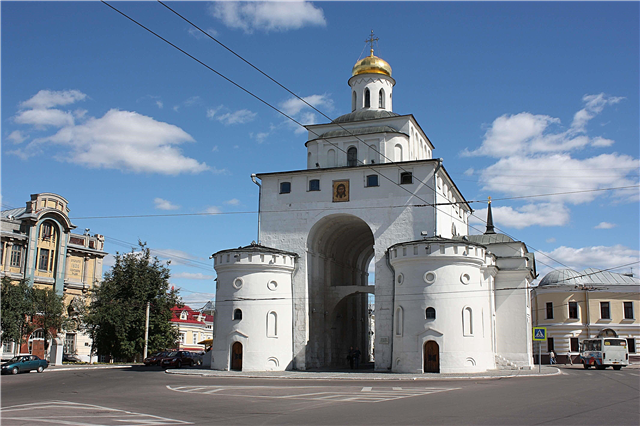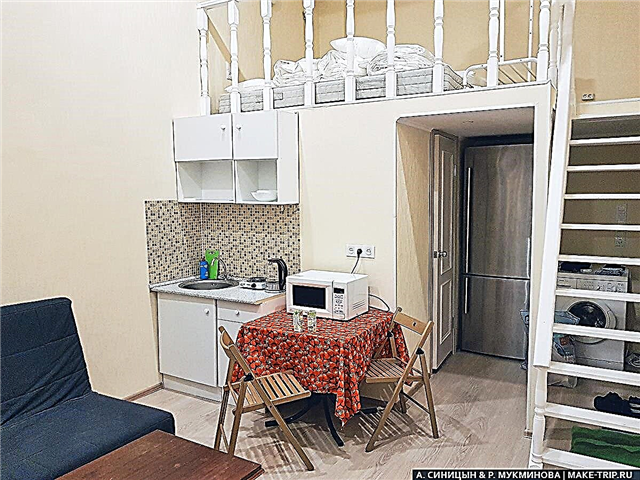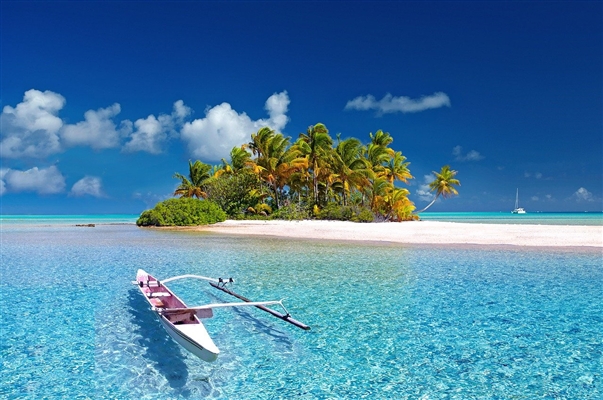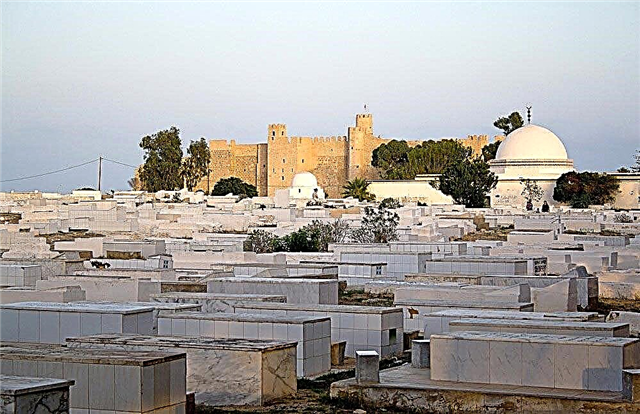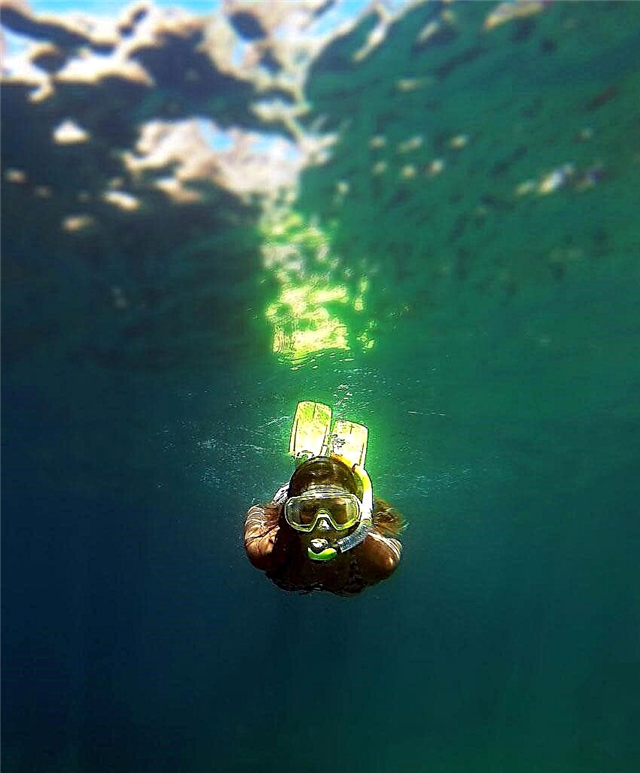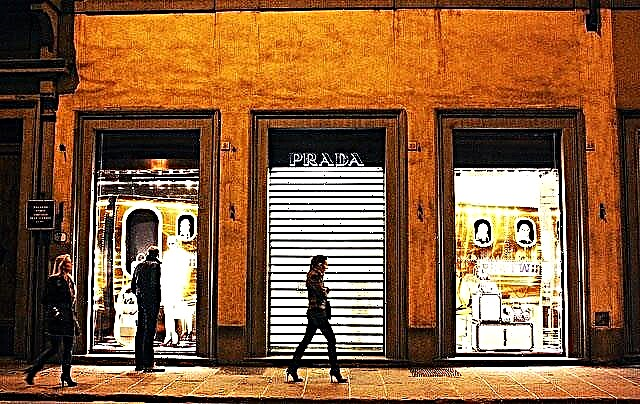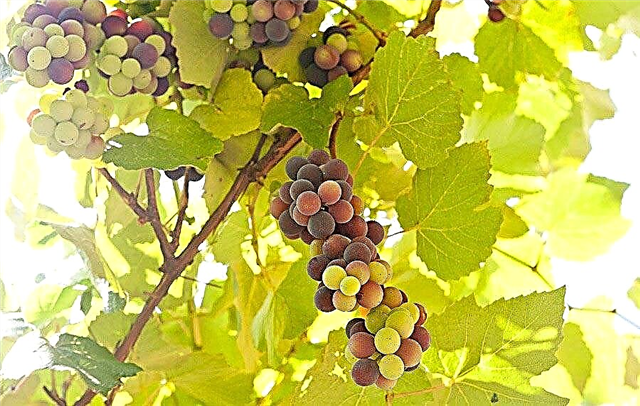Germany is a country with no shortage of water resources. More than 700 large rivers flow on the territory of this state, among them: Rhine, Elbe, Moser, Danube and others. Rivers in Germany play a huge role, both in the trade and economic life of the state, and in the cultural life of the country, being of great interest to tourists. These are great places for recreation, fishing and water sports.
In the valleys of some rivers there are emerald vineyards, others are interesting for historical monuments, ancient bridges and castles that have survived on their banks. There are beautiful coastal villages, small and cozy medieval towns, as well as large and developed cities in Germany, located on the banks of rivers. The embankments of the cities are interesting and lively; motor ships, sightseeing trams, ships and boats run along the rivers.
Largest rivers in Germany
List of the longest rivers flowing through the country.
Danube
A huge river with crystal clear water. The Danube is considered the second longest river in Europe after the Volga. The Danube flows through half of the continent. The source of the river is in Germany in the Black Forest mountains. The river crosses ten countries and passes through four vibrant capitals: Belgrade, Budapest, Bratislava and Vienna. It flows into the Black Sea.
The length of the river is 2860 km., In Germany - 647 km.

Rhine
It is the largest river in Germany in length. The Rhine can be considered the personification of all of Europe. The river originates in the Alps and flows into the North Sea. The Rhine plays a huge role in Germany's trade and economic relations with other countries, as well as in the country's cultural life. A large number of ancient fortresses and castles have survived along the banks of the Rhine. A cruise ship runs regularly along the river.
The total length of the river is 1233 km.

Elbe
It flows through the lands of Germany and the Czech Republic. However, most of it is in German territory. The Elbe begins in the Czech Republic, high in the Giant Mountains (1368 km above sea level). The river flows into the North Sea. On the Elbe there are beautiful cities in Germany: Hamburg, McDeburg, Dresden with spacious embankments and many places of interest for tourists.
The length of the river is 1165 km, in Germany - 727 km.

Moselle
Left tributary of the Rhine River. The Moselle is navigable almost all year round. The river crosses the territory of three countries: Germany, France, Luxembourg. At Kloblenz, the Moselle flows into the Rhine. The picturesque Moselle Valley, which forms most of the river's length, attracts tourists and is a delightful attraction. Vineyards grow in the Moselle Valley, and such a famous grape variety as Riesling ripens here.
The total length of the river is 544 km.

Mine
It is a right tributary of the Rhine River. Main is the longest river flowing in Germany. The main feature is the direction of the current - from east to west, which is not typical for the rivers of Central Europe. There are large cities on the Main: Kulmbach, Bayreuth, Frankfurt am Main and Würzburg. Tourists can ride on motor ships, as well as take a walk and bike along the routes along the River Main.
The length of the river is 524 km.

Inn
The source in Switzerland is Lake Lungin, which is located at an altitude of 2884 m above sea level. The name comes from the German word for "green". It flows through the territory of Austria and Germany. The Inn Valley with green meadows, pastures and forests, with preserved to this day medieval castles of feudal lords is very picturesque and attractive to tourists.
The length of the river is 517 km, in Germany - 218 km.

Weser
The river flows exclusively through the territory of the German people and flows in a northern direction. Werra (292 km) and Fulda (218 km) are two sources of the Weser, connecting in the city of Münden. Together with Verra, the length of the Weser is 744 km. The Weser flows through the lands of Thuringia, Lower Saxony and Hesse. It flows into the North Sea. The banks of the Weser offer panoramic views of green meadows and forest belts. It is a great place to relax and fish.
The length of the river is 451 km.

Hall
Left tributary of the Elbe. The length of the river has now been reduced as a result of various construction activities, before the start of which it was equal to 427 km. The source of the river is in the Fichtel mountains. The cities of Hof, Jena, Halle, Leuna, Merseburg, Bernburg with beautiful embankments and historical sights are located on the Saale river.
The length of the river is 413 km.

Spree
The source of the river in the Czech Republic, in the Luzhitsky mountains. It is a left tributary of the Havel. It flows in eastern Germany in a northerly direction. Crosses the capital of Germany - Berlin, flowing through the historic city center. In Berlin, you can admire the beauty of the Spree River by renting open-top pleasure boats.
The total length of the river is 382 km.

Ems
The river crosses exclusively the territory of Germany. Located in the northwestern part of the state. Ems originates in the Teutoburg forest. Not far from this place is the "Stone of the Three Rivers", formed by natural sandstone. It is installed on the watershed of the Ems, Weser and Rhine. Ems ends its course, flowing into the North Sea.
The length of the river is 371 km.

Neckar
The name of the river is translated as "wild water". It flows through the territory of Baden-Württemberg. The source on the slopes of the Black Forest flows into the Rhine, being one of its main tributaries. Ten large German cities are located on the banks of the Neckar River. Tourists can enjoy beautiful views of the ancient bridges across the Neckar, as well as views of the river embankments.
The length of the river is 367 km.

Havel
Right tributary of the Elbe. Havel flows in northeastern Germany. One of the sections of the river Havel widens and forms a lake called "Big Wannsee" with picturesque banks and an equipped beach area for residents and guests of this area. On the Havel River, you can take a boat trip by boat and river trams, reaching the cities of Potsdam and Werder.
The length of the river is 333 km.

Verra
Verra is one of the two sources of the Weser, along with Fulda. There is an old and very beautiful park on the coast of Verra. There are many folk legends and legends about this area, passed down from generation to generation. Traveling around Verra, you can see many coastal buildings, the architecture of which reflects the special Weserian Renaissance style that has developed in the area.
The length of the river is 299 km.

Isar
It has its source in the Alps and flows into the Danube in Bovaria. It flows through one of the largest cities in Germany - Munich, here along the banks of the river there are parks, squares and sights of the city. During the Middle Ages, water mills were built on the banks of the Isar. Since the Isar is a mountain river, extreme sports are common in its upper part. In 1960, in some places on the Isar River, beaches were opened for nudists. Nudists on the banks of this river can be found even now.
The length of the river is 291 km., In Germany - 269 km.

Laine
The source is in Eichsveld. It is a left tributary of the Aller River. Leine crosses the cities of Thuringia and Lower Saxony in Germany. There is a fish elevator on the river. Laine is home to many species of fish. Green meadows and forests stretch along the banks of the picturesque river. This place is perfect for relaxing and fishing.
The length of the river is 281 km.

Aller
River in Lower Saxony. It originates from the Börde Upland. It is the right tributary of the Weser. The city of Wolfsburg is located on the old bed of the Aller River, where the world famous Volkswagen factories are located and are successfully operating. Aller is home to cities such as Wolfsburg, Celle and Verden.
The length of the river is 263 km.

Weisse-Elster
The source of the Weisse-Elster is in the Czech Republic, at a distance of 1 km from the German border, so the river flows through the lands of the two states, but mainly in Germany. The German cities of Leipzig, Gera and Plauen are located on the Weiss Elster. In cities, bridges are thrown across the river, from old to modern. The beautiful health resort of Bad Elster is located in the river valley.
The total length of the river is 257 km.

Saar
The Saar flows through the lands of two states - France and Germany. It is a right tributary of the Moselle River. The name of the river gave its name to the land of Saar. The river is interesting in that in one of its parts it makes a 180 ° turn, then flows again in the direction of its source, thus forming a water loop. A magnificent view of the Saar bend can be seen from the Montclair Ruins and the Clef Viewpoint.
The length of the river is 246 km, in Germany - 120 km.

Lan
It flows in West Germany. It is a right tributary of the Rhine. The large German cities of Marburg, Giessen, Wetzlar, Limburg are located on the Lahn. In the lower reaches of the river there is the resort town of Bad Ems, one of the most popular resorts in Germany. Among our compatriots F. Dostoevsky, V. Vereshchagin and others rested here. The river is navigable.
The length of the river is 242 km.

Lippe
It is a right tributary of the Rhine. Crosses the territory of North Rhine-Westphalia. At the mouth of the Lippe River is the city of Wesel, and on Lippe there are cities such as Dorsten, Lunen, Hamm, Lipstadt. The area through which the Lippe flows is a hilly plain. This is a very picturesque full-flowing river, the basin area is 4882 km2.
The length of the river is 225 km.

Salzach
This is the largest tributary of the Inn River. It crosses the cities of Hallein and Salzburg. On one of the tributaries of the Salzach River in Austria, namely on the Krimler Ache, there is a picturesque cascade of waterfalls - the Krimml Falls. In the valley of the Salzach River in Germany, international sports competitions are held from year to year, athletes compete in rowing and canoeing. Beginners can ask the instructors for help.
The total length of the river is 225 km.

Altmühl
It is a left tributary of the Danube. In the Altmühl Valley there is a very beautiful and picturesque nature park, the largest nature reserve in Germany. You can take a walk along the river on pleasure boats and excursion boats, admiring the beauty of the local nature, as well as the views of the preserved ancient castles, monasteries and temples.
The length of the river is 220 km.

Fulda
It is one of the sources of the Weser River, which flows into the North Sea. Fulda's source in the Upper Rhön mountains. On the banks of the river there are cities with a rich history, many attractions and beautiful embankments: Bad Hersfeld, Fulda, Rothenburg an der Fulda, Bebra, Kassel, Hannover Münden.
The length of the river is 218 km.

Elde
The first mention of the river dates back to the 13th century. The river begins, flowing out of the large lake Müritz near the city of Waren. The Elde connects Müritz with the Elbe River. The area is rich in flora and fauna and a very beautiful national park, created in 1990. Elde passes several more lakes on its way.
The length of the river is 208 km.

Unstrut
It is a left tributary of the Zale River. On this river there are cities such as Naumbu, Artern, Sömmerda, Mühlhausen, Bad Langensalza. The famous wine-growing region is located along the banks of the Saale River and its tributary Unstrut. It produces white and red wine. Tastings take place directly at the estates where the drinks are made. You can cycle along the Wine Route along the river bank.
The length of the river is 192 km.

Yagst
Crosses the territory of Baden-Württemberg. On the banks of the Jagst is the German city of Krautheim. In its vicinity is the "Petrified Stream", which is also called "Cow's Butt". Its distinctive feature is its shape, appearance, from which it got its name.
The length of the river is 190 km.

Junte
The Junta is the second tributary of the Weser, along with the Verra. The source of the river is in Wichengebirge, south of the town of Malle. It flows through the territory of Lower Saxony. In the German city of Münden, the Hunte and Werra merge, giving rise to the Weser River.
The length of the river is 189 km.

Ayder
The source is in Lake Botkamper-See, and flows into the North Sea. The river has a weak current. For the first time in history, Ayder was mentioned in 811. At the end of the 18th century, 20 km of Ayder was used for the construction of a navigable canal, called the Kilt Canal. He ensured the successful development of Germany's trade relations with other countries. Today Ayder attracts the attention of tourists, thanks to the beautiful embankments of the cities located on the river, as well as, thanks to fishing and camping.
The length of the river is 188 km.

Ammer
A very small river. The source of the Ammer River is several mountain rivers that flow into the Isar. The Ammer Valley is famous for its vineyards and famous wines, toy making and wood carvings. Due to the large number of windmills, the valley of this river is called the “valley of the mills”.
The length of the river is 185 km.

Kocher
It flows exclusively in Germany, in the south-west of the state, on the land of Baden-Württemberg. The name itself comes from the German "cochan" - winding. The branches of the Kocher River form several islands that are connected by beautiful bridges. From here, beautiful views of ancient buildings, churches and landscapes open up.
The length of the river is 182 km.


